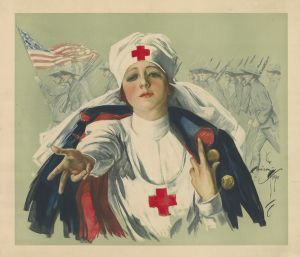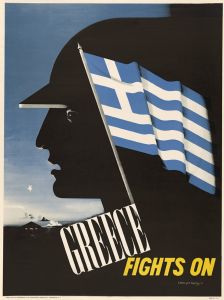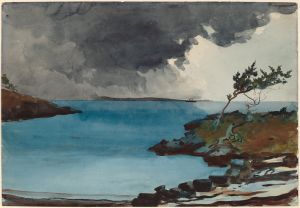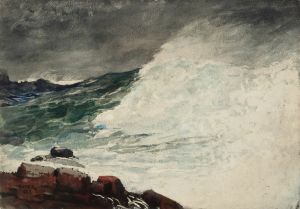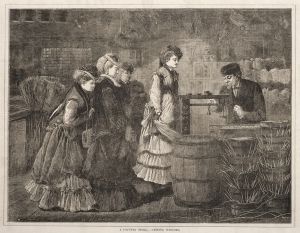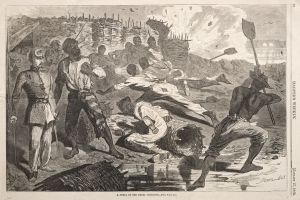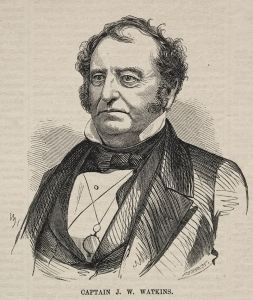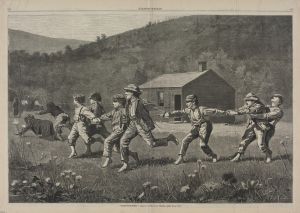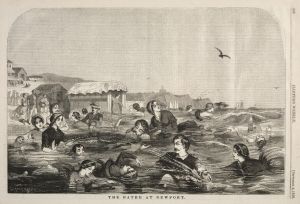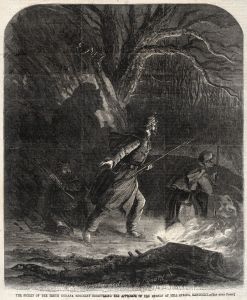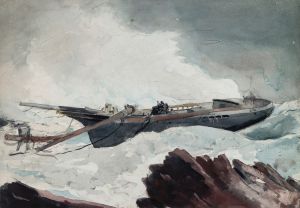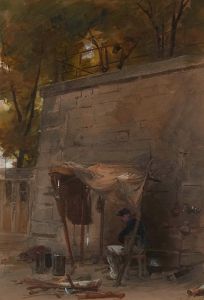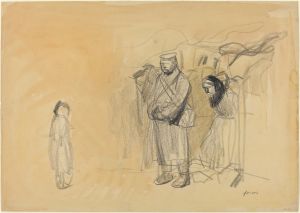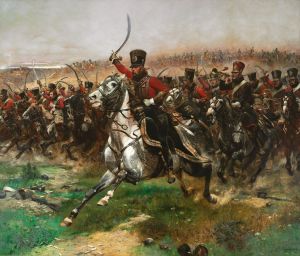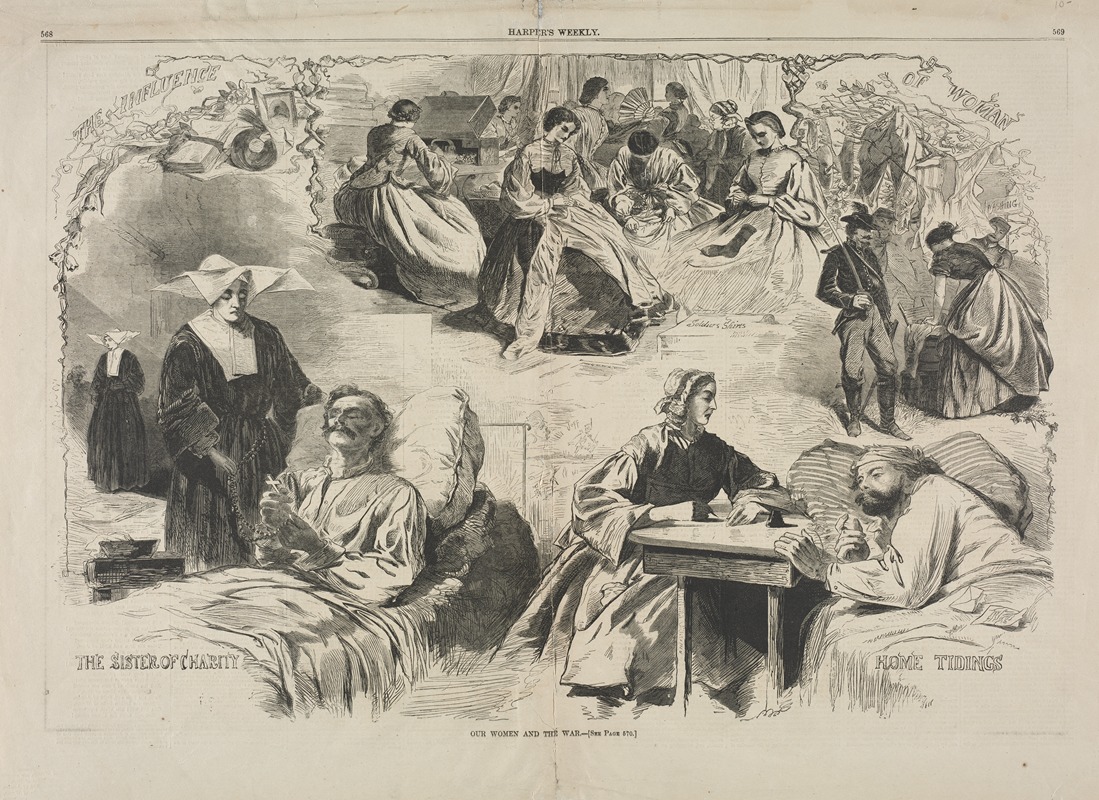
Our Women and the War
A hand-painted replica of Winslow Homer’s masterpiece Our Women and the War, meticulously crafted by professional artists to capture the true essence of the original. Each piece is created with museum-quality canvas and rare mineral pigments, carefully painted by experienced artists with delicate brushstrokes and rich, layered colors to perfectly recreate the texture of the original artwork. Unlike machine-printed reproductions, this hand-painted version brings the painting to life, infused with the artist’s emotions and skill in every stroke. Whether for personal collection or home decoration, it instantly elevates the artistic atmosphere of any space.
Our Women and the War is a wood engraving by the American artist Winslow Homer, first published in Harper's Weekly on September 27, 1862. The artwork was created during the American Civil War and reflects themes related to the roles of women during this period. Winslow Homer, who was known for his illustrations and later his paintings, frequently contributed to Harper's Weekly, a widely read illustrated newspaper of the time.
The engraving is divided into three panels, each depicting a different aspect of women's contributions and experiences during the war. The left panel, titled "The Home," portrays a woman seated at a spinning wheel, symbolizing domestic labor and the support women provided to sustain households and communities while men were away at war. The central panel, "The Hospital," shows a nurse tending to a wounded soldier, highlighting the critical role women played in providing medical care and comfort to the injured. The right panel, "The Field," depicts a woman standing resolutely in a field, possibly representing women who took on agricultural work or other outdoor responsibilities in the absence of men.
Homer's engraving captures the resilience and adaptability of women during a time of national crisis. It emphasizes their diverse contributions to the war effort, both on the home front and in more direct support roles. The work is notable for its focus on women, a subject that was less commonly represented in Civil War-era art, which often centered on battles and soldiers.
As a wood engraving, Our Women and the War was reproduced and widely distributed, making it accessible to a broad audience. This medium allowed Homer to reach readers of Harper's Weekly and contribute to the visual documentation of the Civil War. The piece is an example of how art and journalism intersected during this period, providing both information and commentary on contemporary events.
Today, Our Women and the War is recognized as an important example of Winslow Homer's early work and his ability to convey complex social themes through his art. It remains a valuable historical artifact, offering insight into the roles and perceptions of women during the American Civil War.





